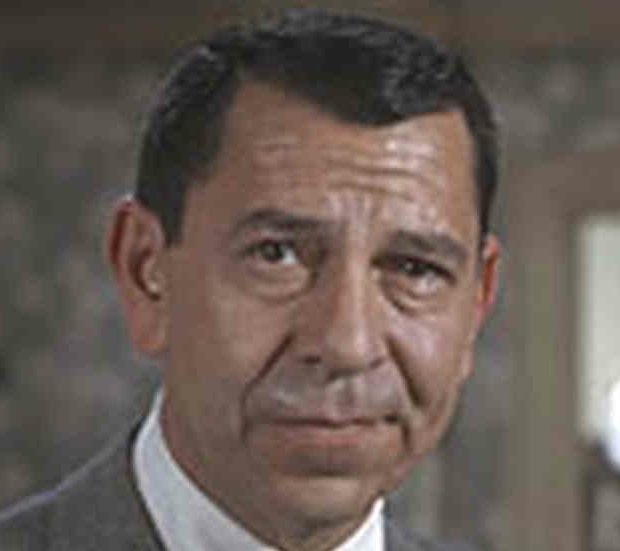
Just the facts. Assets, not so much.
The City of Los Angeles has taken the next step in its quest to have gigabit class fiber optic service available to every home and business. An official request for information (RFI) has been released for the Los Angeles Community Broadband Network (LACBN), with a 30 June 2014 deadline for responses. It’s only a preliminary step towards formally requesting proposals for the project. It’s also optional – not responding won’t keep anyone out of the running when the time comes.
At some level, the city wants Internet access available to all residents for free. The RFI points to free service and hardware offered elsewhere (without giving examples) and states that the network should ensure that “minimum levels of services and equipment are available to all”.
Otherwise, the objectives are…
To the extent possible, every residence and business in Los Angeles should be passed by a fiber network that is willing and able to provide services to those homes and residences at competitive prices. Ideally, the network should offer Internet access to residences at 1 Gbps up and downstream, and similar or higher capacity services to businesses. It is the City’s preference that the network bring fiber to the premises, but given developments in wireless technology, the City is also open to allowing applicants to provide services to the home through a combination of wireless and fiber technologies — provided the network performance is similar. Existing 4G systems, however, would not be considered an adequate substitute for the LACBN.
No money is on the table. And critically, neither is there any particular access offered to the extensive electric infrastructure – 540,000 city utility poles, 295,000 joint poles, conduits and 525 miles of fiber – that’s owned by the city’s municipal electric utility. Instead, the RFI advises that “there are processes available through which entities should be able to obtain access to space on [utility poles]” and “should an entity be interested in using [city-owned] fiber, an agreement with the [Los Angeles Department of Power and Water] would be required”.
As I’ve written before, the LADPW infrastructure is the city’s crown jewel: with it, the city would have a compelling offer and leverage to demand the benefits it wants. But without it, the RFI is merely aspirational. Of course, the city could change tack after the responses come in. It would be politically and bureaucratically messy to include LADPW infrastructure, but it would demonstrate a serious intent to produce something other than a photo opportunity.
The specs also include requirements for network and consumer equipment neutrality. The preference is for an open network “that allows for multiple service providers and equal access to fiber infrastructure at reasonable wholesale cost”.
The city is offering to streamline permits, make some city property available and buy service from the network. The city does include a lot of good information in the RFI itself, and in the attachments – that alone is a sign of good faith. It’s all available on the city’s website, of course, but I’ve posted the documents on my server too and links are below.
UPDATE 15 May 2014: Minor change, deadline for questions extended to 27 May 2014
Request for information, Los Angeles Community Broadband Network
LA Department of Finance’s database of businesses (65 MB)
LA Rec and Parks database of locations
Shape files of LA city streets
Shape files of LA city street lights
